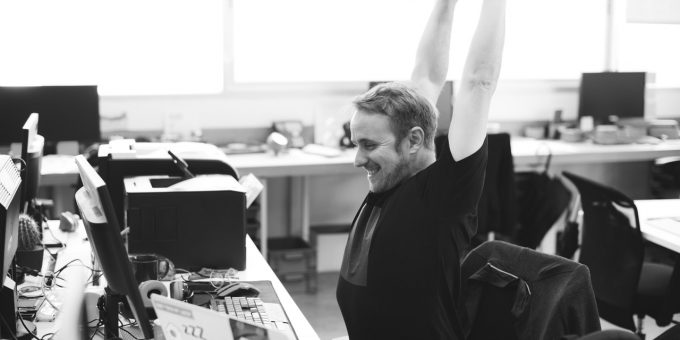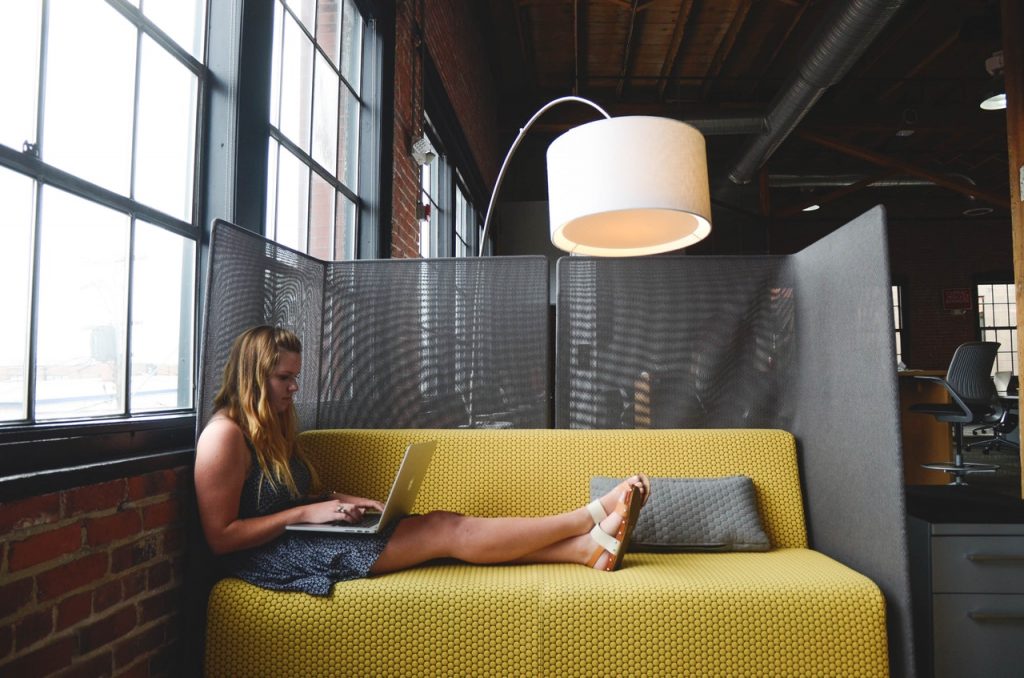
Most of us spend the majority of our week in the workplace, and with many of us sitting at a computer all day it is no surprise that our physical wellbeing can be affected. Poor posture, sore neck, back and shoulders and sore muscles are just some of the physical symptoms that people face at work. That is why now, companies are putting a focus on ergonomic workplace design to boost employee morale and wellbeing.
Today’s office is evolving constantly in response to the growing technology and the needs of the customers. Even what we call an office now is changing often from a room in your home, at a café or even in an airplane. With all the changes that we need to consider, it is important to manage the modern office workplace as a challenge in itself.

Part of the challenge is for businesses to maintain healthy and stimulating environments for workers. The physical office and the tasks in it are evolving and we need to continue to access the office environment and then adjust it accordingly to make sure the employees are able to come to work every day and that it is not detrimental to their health and wellbeing.
A main challenge in the workplace is the use of office items like laptops, computer, phones etc and awareness is increasing of the potential and existing ergonomic issues that are found in the office. Knowing how to adjust the workplace to fit in with the workers starts with using proper work practices and following the ergonomic improvement principles to be on track for long term success.
Improving the ergonomics within the office is not hard and it offers great benefits. You will see an increase in employee comfort and productivity equals a lower risk for work-related injuries. Some companies opt to hire an interior designer to update the workplace design to ergonomic standards.
Understanding Office Ergonomics
Ergonomics are designed for the workplace and its tasks to fit in with the working population. It is a constant pursuit and it offers continuous efforts in order to design the office for what the workers are doing well and then designing against what they are not doing well. This will fit the job in with the person to enhance their performances. If the workers are performing well the company will be performing well also.
The goals of the ergonomics are to offer a positive working space where the equipment, work environment and the layout matches up with the capabilities of the staff so they can lead productive and healthy lives. Things like supportive chairs and ergonomic desks that can be adjusted to both sit and stand position are ideas for creating a more comfortable office space.
Ergonomic Injuries
This type of injury doesn’t happen overnight. Musculoskeletal disorders are a soft tissue injury of the nerves, muscles, tendons, joints, blood vessels, ligaments and spinal discs. They result from gradual exposure over a long period to what is called risk factors. Most often having a brief exposure to the risk factors would not often cause problems but being exposed often can exceed the body’s ability to heal, which means there will be a reduced ability to function properly.
The three main risk factors are:
- High force
- Long frequency
- Awkward posture
Identify ergonomic challenges
Observe the office environment and identify any ergonomic issues, conduct formal risk assessment to find and document the sources of risk and find the solutions. Now you can find what needs fixing and adjusting to reduce or eliminate the risk factors altogether.
There are four elements that are essential:
- Eyes to the source
- Feet to the floor
- Body to the chair
- Hands to the input devices
Improving your workplace design to make it more ergonomic is simple and easy and if you are not sure how to go about it there are professional services such as workplace interior designers that can take care of the worry for you.




